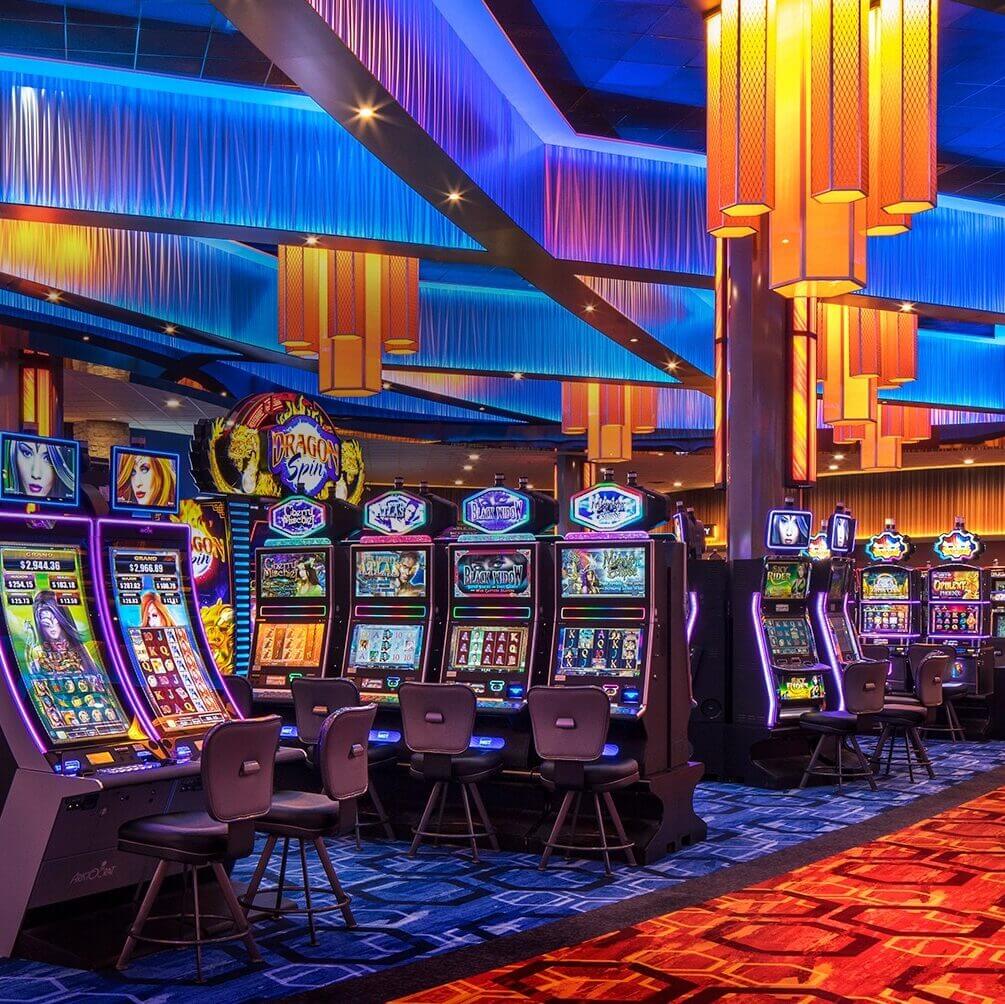
Within the lively and thrilling world of gaming establishments, wherein fortune and tactics intertwine, hues and aesthetic play a key role in drawing in gamblers. As soon as visitors step inside a casino or log into a gaming website, they are enveloped in a visual feast that grabs their attention and entices them to explore further. Vivid colors, captivating graphics, and innovative layouts are meticulously crafted to create an environment of thrill and expectation, ultimately enhancing the gaming experience.
As gamblers navigate through the dynamic landscape of casino games, they encounter a variety of designs that not only serve visual purposes but also affect feelings and decision-making. Hues like scarlet and gold symbolize wealth and fortune, while soothing blues and emeralds can create a more relaxed environment. Grasping how these elements work together enables casinos to create an welcoming and energizing atmosphere that encourages players to interact with the games, invest additional time at the tables, and increase their overall enjoyment.
The Study of Tint in Casino Games
Color plays a critical role in the creation of casino games, affecting player emotions and actions. Bright and bold colors, such as scarlet and yellow, are often used to incite excitement and attract focus. These colors create a sense immediacy and energy, encouraging players to participate more enthusiastically with the experience. By thoughtfully selecting tints, designers aim to elicit emotions of joy and excitement, which can enhance the complete game experience.
Different colors also have psychological associations that can affect how players perceive their chances of victory. เว็บตรง For example, green is often associated with good fortune and abundance, making it a well-liked choice in activities like the roulette wheel and poker tables. This connection can cause gamblers to feel more hopeful and assured in their gameplay, ultimately inspiring them to wager more. Comprehending these connections allows game designers to design environments that enhance player happiness and loyalty.
Moreover, the design of gambling game interfaces often uses gradients and differing shades to direct players’ actions. For example, successful results may be highlighted with vivid, opposing hues, creating a visual incentive. This approach reinforces favorable outcomes and promotes repeated gameplay. By leveraging the psychology of color, gambling establishments can design activities that not only captivate participants but also maintain them engaged and dedicated in their game experience.
Creative Elements that Attract Players
The visual appeal of casino games is primarily influenced by the implementation of bold colors. Lively and striking colors are deliberately chosen to create an inviting atmosphere that grabs attention. For instance, crimson and golds often signify luck and wealth, which is why they are common in the palettes of slot machines and table surfaces. These colors not only draw players in, but they also stir emotions associated with thrill and anticipation, enhancing the overall gaming experience.
In addition to color, the design and organization of gambling games play a significant role in player attraction. Games are designed to be user-friendly, ensuring that players can easily understand the rules and gameplay. User-friendly interfaces, along with engaging graphics and animations, help maintain gamer interest and promote extended play sessions. The tactile elements, such as the texture of the buttons and the audio of the games, also add to a comprehensive sensory experience that keeps players immersed.
In conclusion, thematic elements in game design can greatly influence player choice. Many casino games are inspired by media, myths, or adventure themes, featuring symbols and characters that resonate with players. These themes create a sense of immersion and relatability, making each game feel unique. When players feel a connection to the theme, they are more likely to choose that game over others, leading to increased participation and enthusiasm within the casino environment.
Case Studies: Effective Gambling Slot Designs
One key example of effective gambling game design is the popular slot machine series themed around blockbuster movies. Games such as those based on the Wizard of Oz and Game of thrones utilize vibrant colors and high-quality graphics to engage players in well-known narratives. The application of moving visuals and engaging sound effects takes the attention of players, creating an psychological connection to the theme. This tactic merely promotes longer play but also improves the overall gaming experience, yielding increased player retention.
Another effective case is the use of color psychology in table games like blackjack and the wheel. Casinos often develop these games with dark reds and greens, colors traditionally connected with luck and wealth. For instance, the green felt on a 21 table provides a relaxing effect, while the crimson accents in roulette invite anticipation. This thoughtful use of color helps to establish an inviting atmosphere that motivates players to participate, satisfying their psychological impulses and enhancing their enjoyment.
Finally, social casino games that incorporate community features and bright, colorful designs have seen remarkable success in engaging players. Games like Zynga’s Poker and Slotomania leverage bright colors and playful animations to forge an inviting online environment. The addition of leaderboards, social sharing options, and in-game rewards encourages competition and community, pulling players in for longer sessions. Such designs not only make the games visually attractive but also emphasize community engagement, a vital factor in player retention and engagement within online casino environments.
